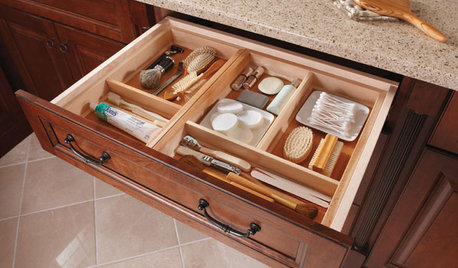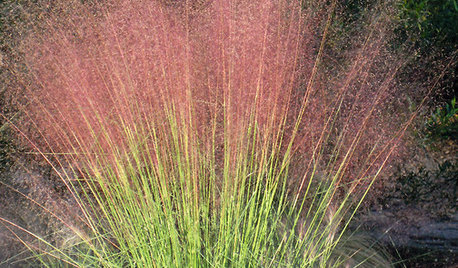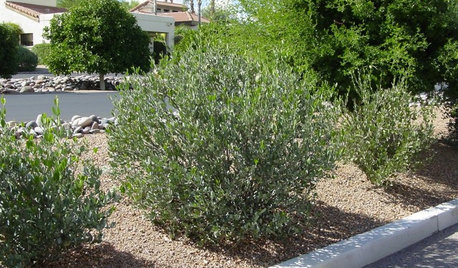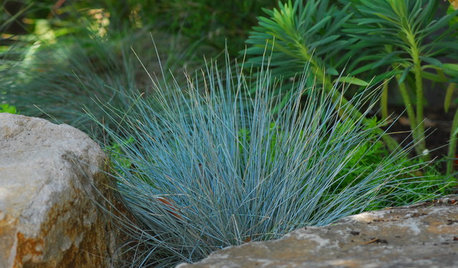Inventory valuation of plants
watergal
16 years ago
Related Stories

MOST POPULARHow to Create an Inventory, Whether You're Naturally Organized or Not
Documenting your home items is essential, even if disaster seems unimaginable. And it may be easier than you think
Full Story
LANDSCAPE DESIGNGarden Overhaul: Which Plants Should Stay, Which Should Go?
Learning how to inventory your plants is the first step in dealing with an overgrown landscape
Full Story
FLOWERSRudbeckia Mania: Go Beyond Black-Eyed Susan in the Garden
Branch out from typical nursery fare, with lesser-known Rudbeckia species that have delightfully unexpected features
Full Story
GARDENING GUIDESNo-Regret Plants: 5 Questions Smart Shoppers Ask
Quit wasting money and time at the garden center. This checklist will ensure that the plants you're eyeing will stick around in your yard
Full Story
SUMMER GARDENINGGreat Design Plant: Pink Muhly Grass
Bring billowing clouds of pink to your yard with this heat-tolerant, sun-loving ornamental grass
Full Story
GARDENING GUIDESGreat Design Plant: Simmondsia Chinensis
Jojoba shrugs off hot, reflected desert heat while making surrounding plants stand out
Full Story
GARDENING FOR BUTTERFLIESGreat Design Plant: Arctostaphylos Glauca Nourishes and Delights
Make big berry manzanita a center-stage specimen and watch the evergreen feed wildlife through the seasons
Full Story
LANDSCAPE DESIGNGreat Design Plant: Blue Fescue
Is there anywhere this grass doesn't look great? Bonus: It outlasts other grasses in color and doesn't hog water
Full Story
LANDSCAPE DESIGNLearn Your Garden’s Microclimates for a Resilient Landscape
Reduce your water demand and learn the basis of planting the right plant in the right place
Full Story
FALL GARDENING6 Trees You'll Fall For
Don’t put down that spade! Autumn is the perfect time for planting these trees
Full StorySponsored
Columbus Area's Luxury Design Build Firm | 17x Best of Houzz Winner!






watergalOriginal Author
gardengal48 (PNW Z8/9)
Related Professionals
Citrus Heights Landscape Architects & Landscape Designers · Beachwood Landscape Architects & Landscape Designers · Rancho Palos Verdes Landscape Architects & Landscape Designers · Columbine Landscape Contractors · Crystal Landscape Contractors · El Sobrante Landscape Contractors · Eureka Landscape Contractors · Fairhope Landscape Contractors · Fort Myers Landscape Contractors · Kettering Landscape Contractors · Mesa Landscape Contractors · Washington Landscape Contractors · Four Corners Landscape Contractors · Grand Rapids Driveway Installation & Maintenance · Skokie Driveway Installation & MaintenanceSherwood Botsford (z3, Alberta)
krycek1984
trythrice
Sherwood Botsford (z3, Alberta)
Yuan Gong Hamilton ON CANADA 6b
Sherwood Botsford (z3, Alberta)
Sherwood Botsford (z3, Alberta)